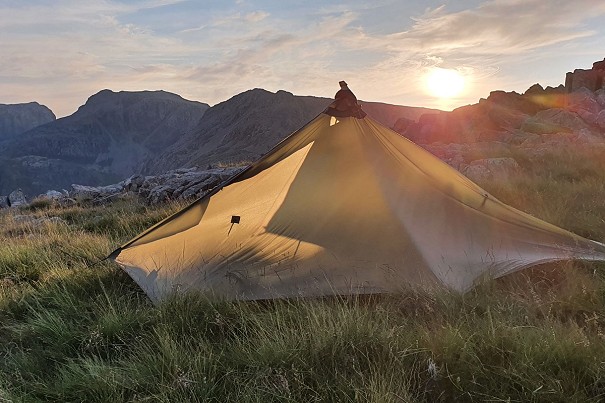
Fastpacking - Without a Pack
Whether or not you're reconciled to the term 'fastpacking', there's an undeniable attraction to the ethos, which combines the light-footed pace of running with the freedom of overnight backpacking. But just how minimal can you go? Norman Hadley experiments with a bumbag-only approach.



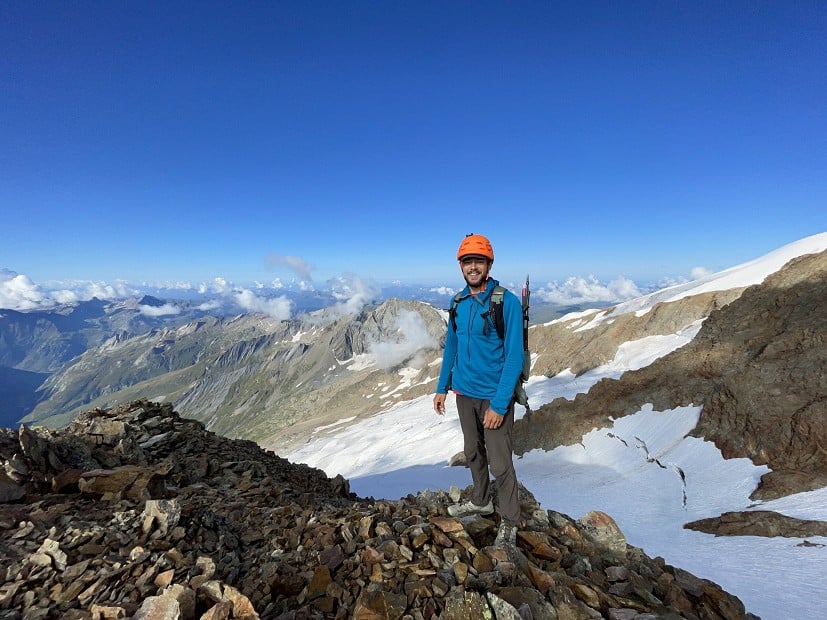
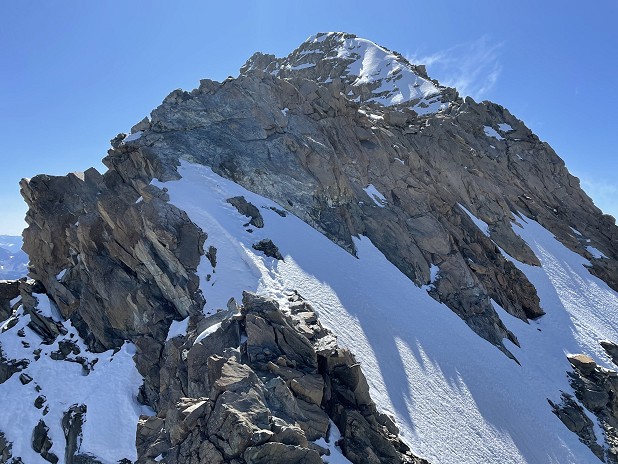
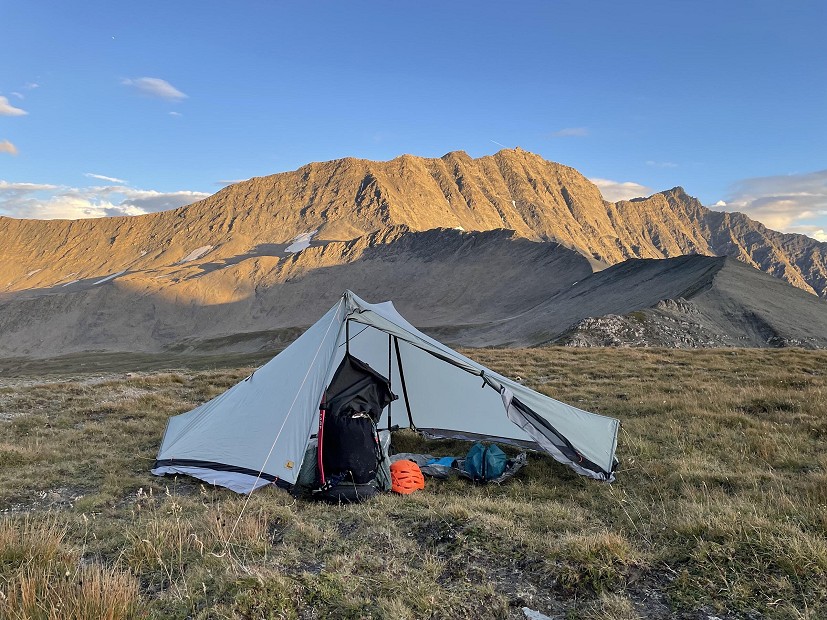
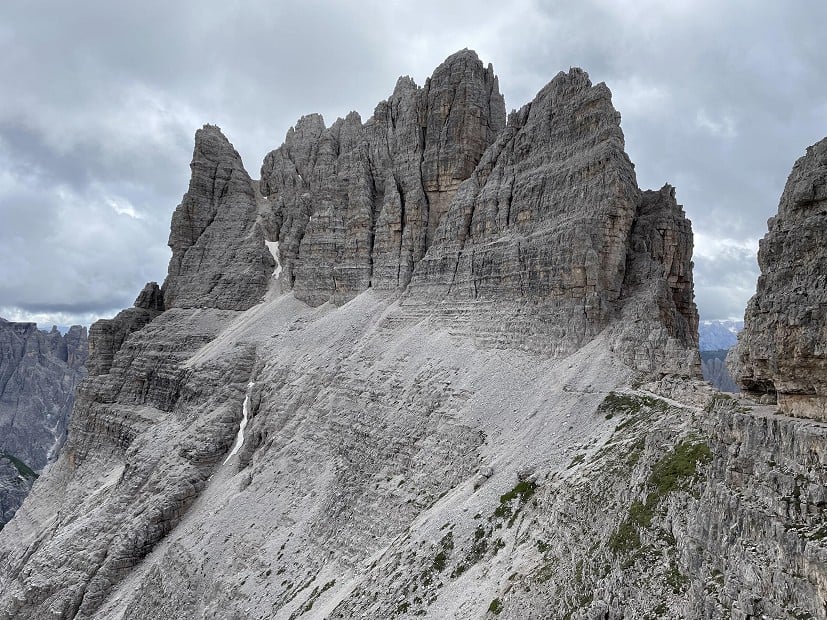
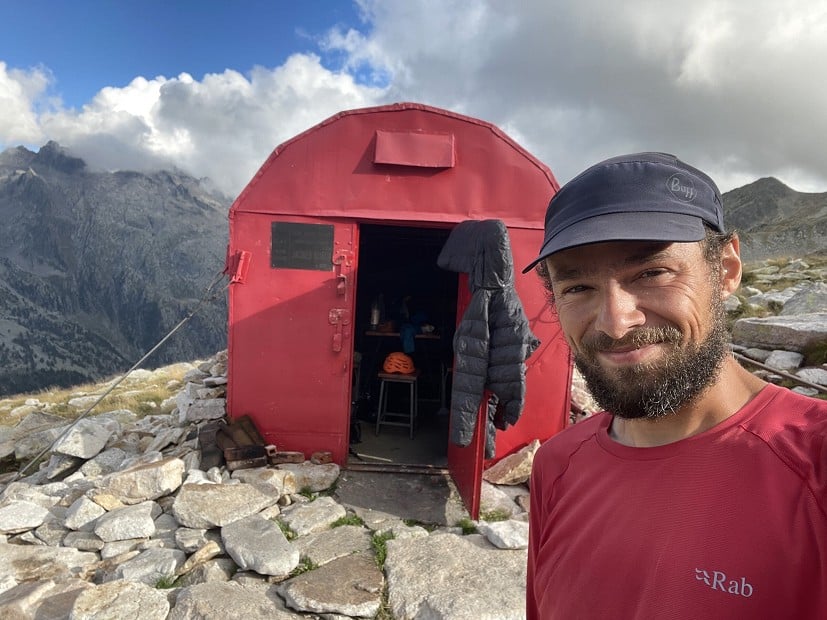


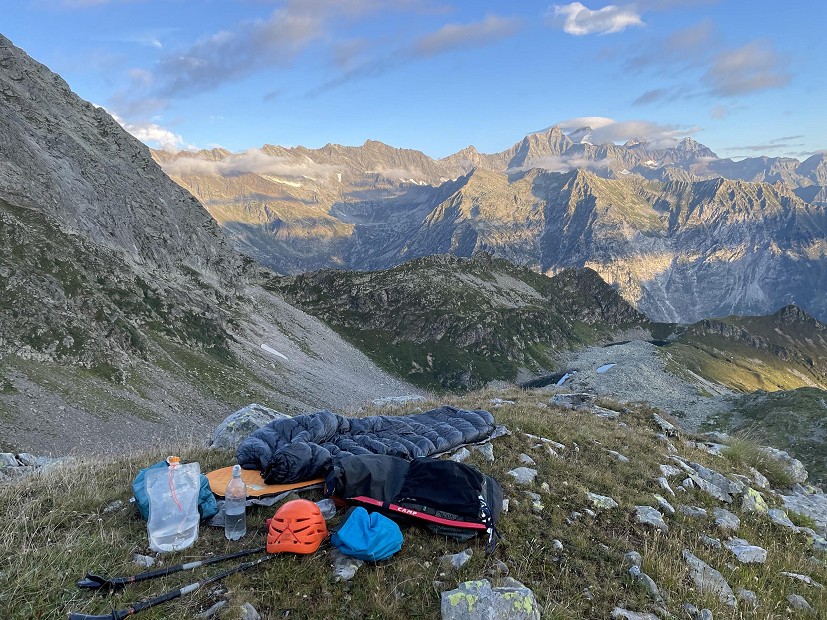
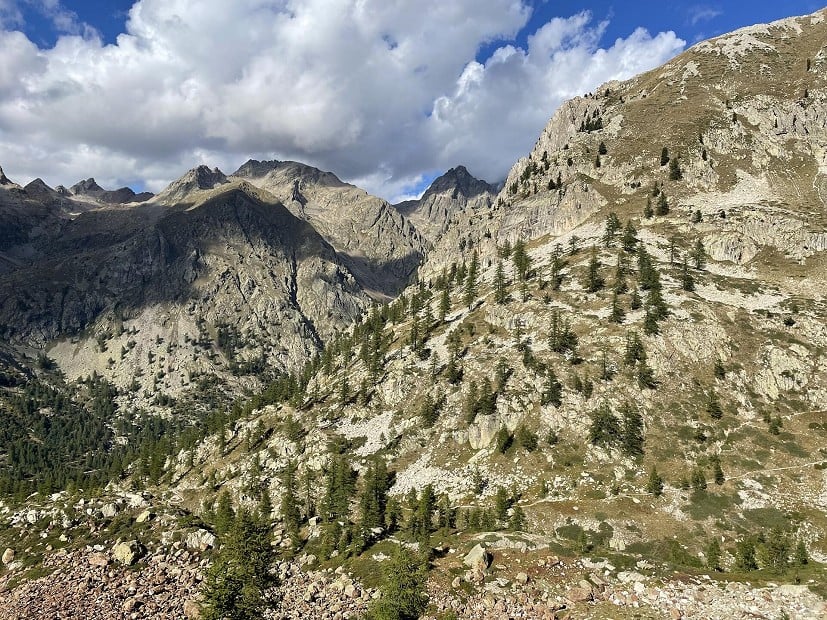





Comments
Utterly inspiring. What an adventure. There's something magic about solo trips.
Yes, what an amazing journey. I love his films too
Does anyone know how he kept his mobile phone and Gopro camera charged up?
I'll ask him Chris
Hey Chris! I carried a big USB battery pack that usually lasted me 5-7 days. I kept it topped up at huts and campsites along the way.